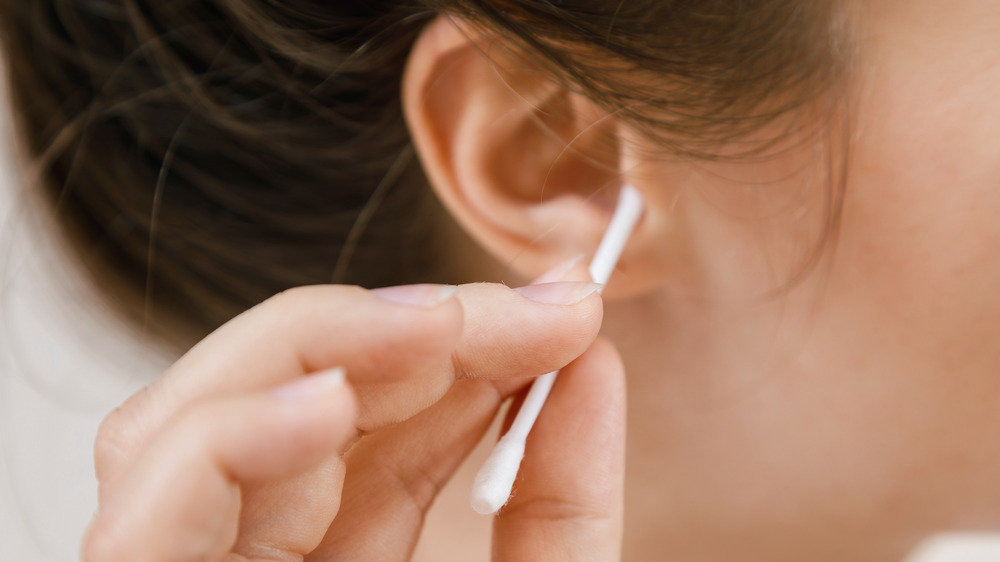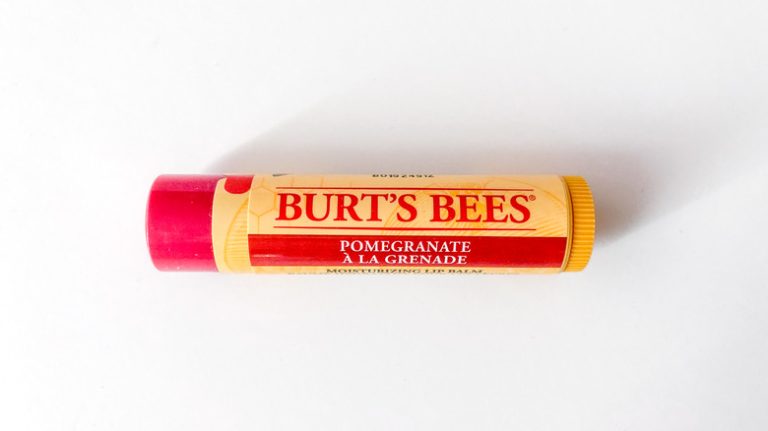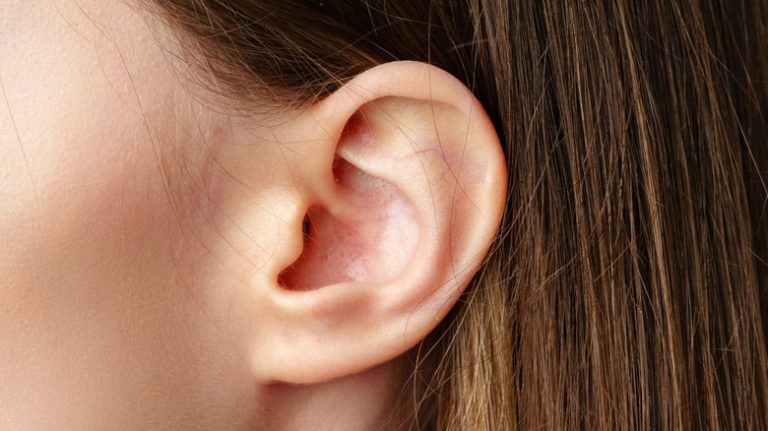
In general, it’s advisable to avoid consuming anything that the human body excretes, with the exception of breastmilk. However, there are instances when adhering to this rule becomes challenging. Many of us know a child who has eaten boogers, and it’s likely that you or someone you know has inadvertently tasted earwax. While it might seem difficult to do, on a hectic day, it’s possible to deal with an uncomfortable ear and end up with wax on your finger. Discovering it later while eating finger food is never enjoyable.
Earwax is common to everyone, yet many people aren’t quite sure what it actually is. The health website for the government of Queensland provides insight by describing earwax – medically known as cerumen – as a mixture of dirt, hair, dead skin cells, and bacteria trapped in a substance called sebum. While the term sebum might be unfamiliar, it’s something people encounter daily. Acne.org defines sebum as “the medical name for skin oil.”
The oily component of earwax helps prevent dry inner ears, which is one of its primary functions. Over time, it accumulates dead hair and skin, as well as bacteria and other unwanted particles that enter your ear. These undesirable elements are what cause concern about the risks of consuming it. A quick browse through Quora reveals how frequently this question arises.
Is earwax dangerous?

Experts haven’t extensively discussed the potential hazards of earwax. This is likely because it’s not an action most people frequently engage in to worry the medical community. Additionally, there isn’t anything inherently harmful in earwax. Occasionally getting an unpleasant taste from an unclean finger is not a cause for alarm. However, if you find yourself craving earwax, you might be experiencing a condition known as pica.
The National Eating Disorder Association defines pica as a condition where an individual desires to consume substances not typically considered food. The craving must persist for more than a month, regardless of whether the person actually consumes the substance. The disorder can be a result of mental health conditions, but it may also be triggered by anemia or malnutrition. In such cases, pica is the body’s attempt to address a significant nutritional deficiency.
If you find yourself craving earwax – or anything else that’s not food, like dirt or ice – it’s important to consult your doctor. While there is no specific lab test for pica, your doctor can ask pertinent questions and consider other risk factors that may assist in a diagnosis. For those concerned about accidentally ingesting earwax, rest assured that while it’s not pleasant, it won’t harm you.
If you or someone you know is struggling with an eating disorder, assistance is available. Visit the National Eating Disorders Association (NEDA) website or contact NEDA’s Live Helpline at 1-800-931-2237. You can also receive 24/7 Crisis Support via text by sending NEDA to 741-741.




